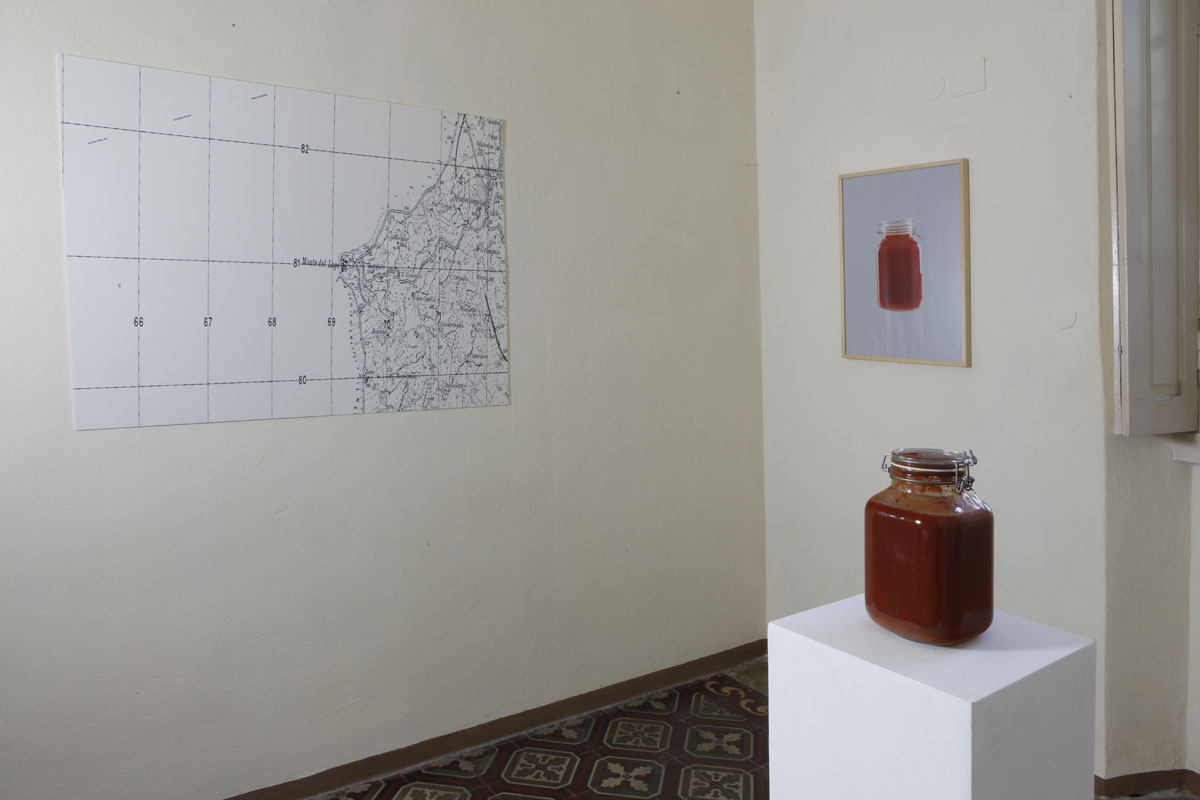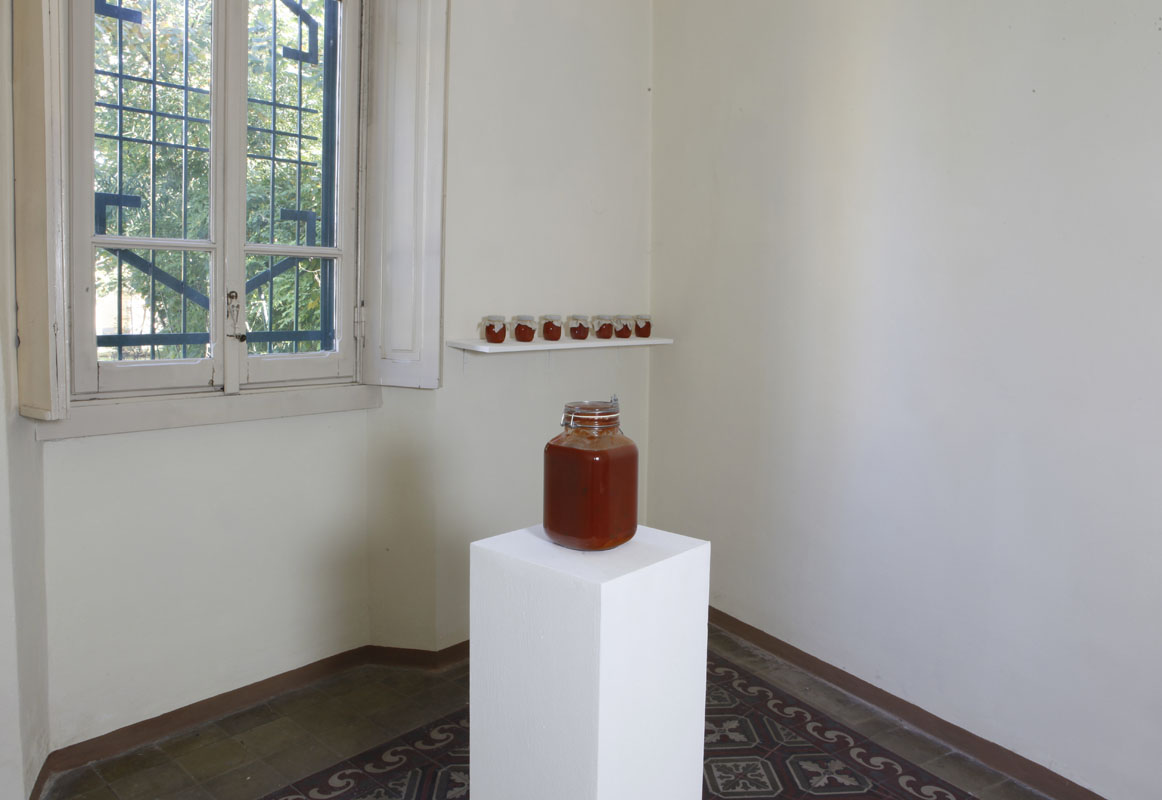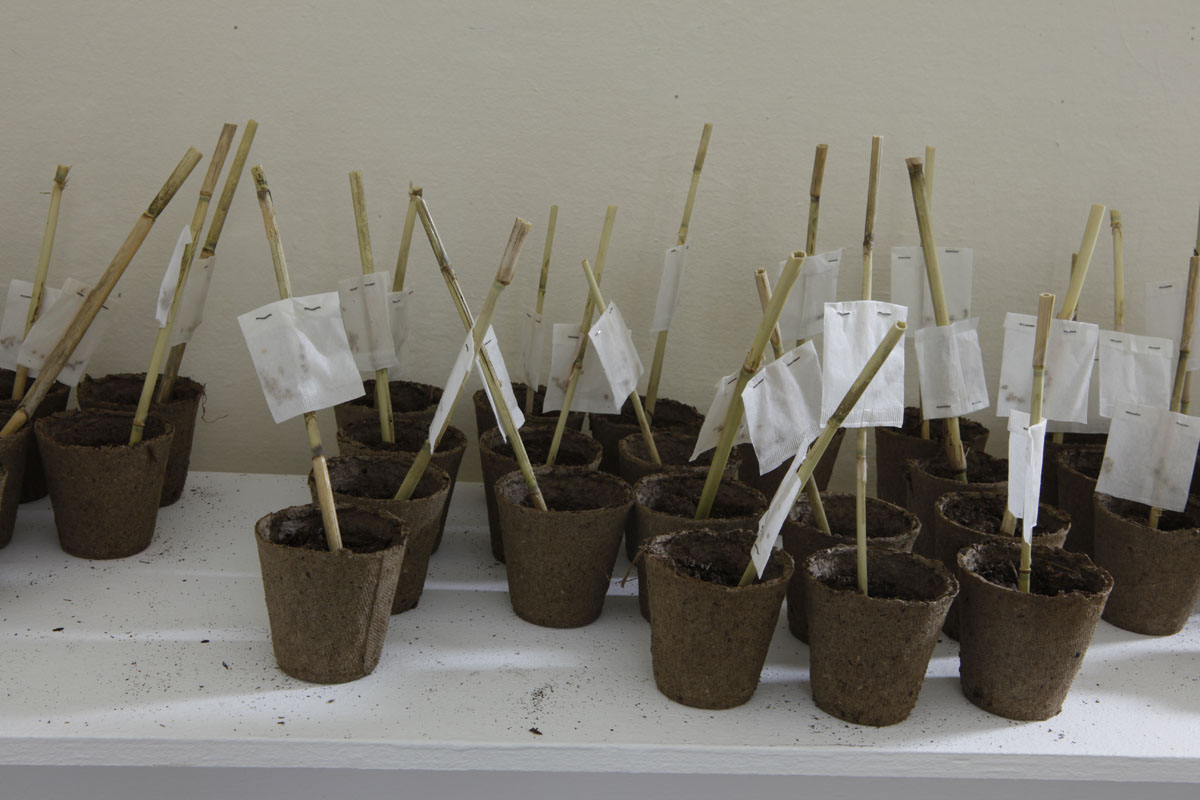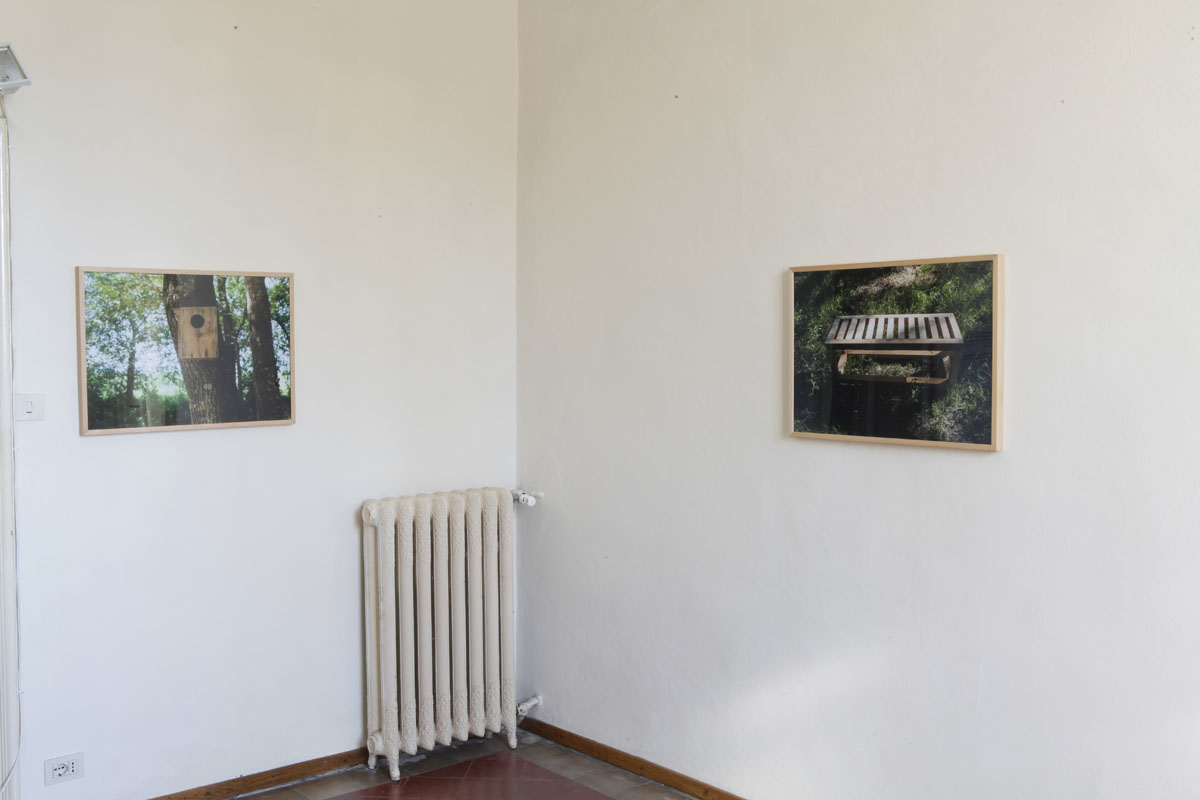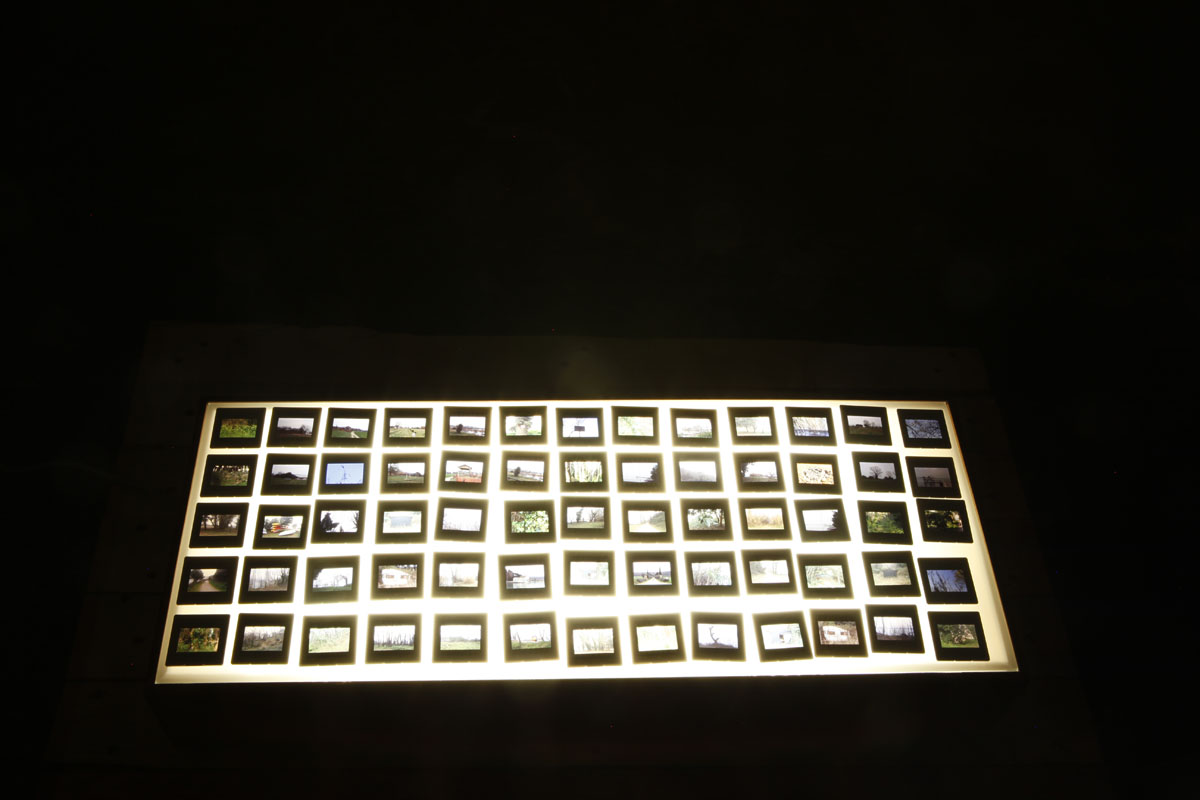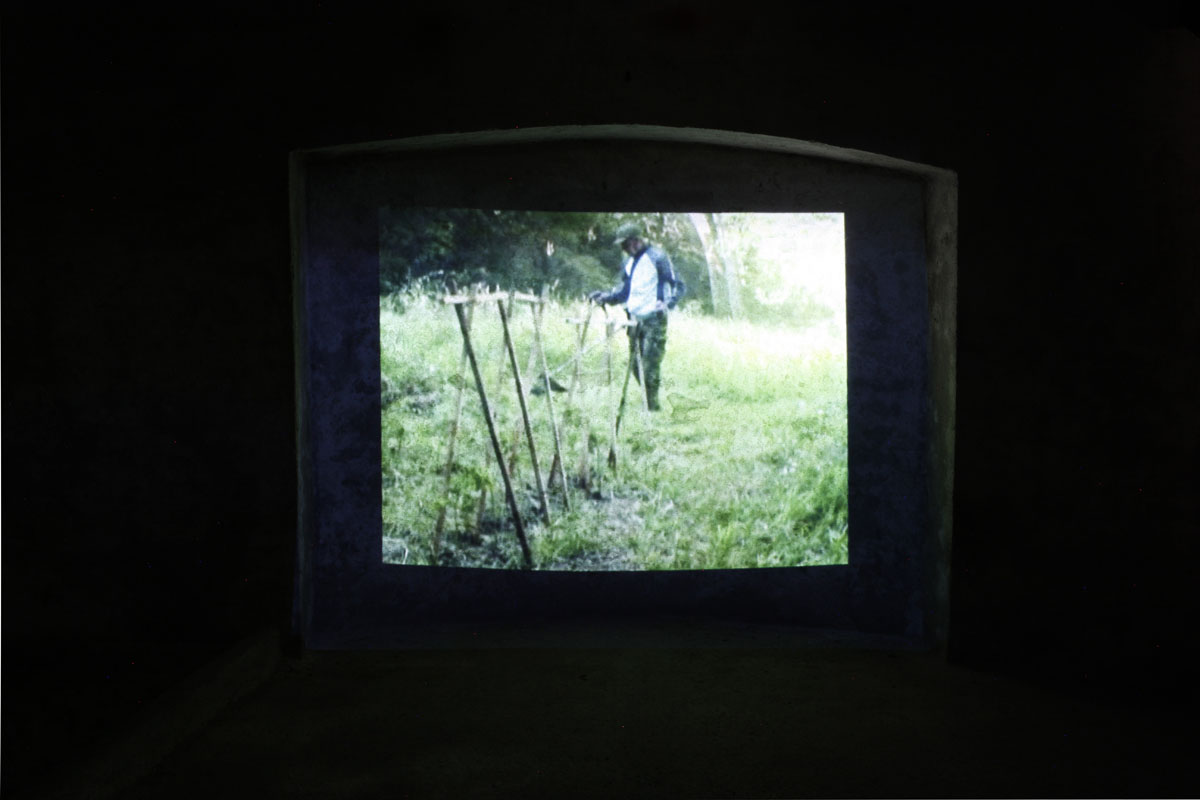PROGETTO OSKAR
Curated by Arianna Beretta
In collaboration with Circoloquadro
10 October – 8 November 2015
Over a period of five months, Circoloquadro, MARS and Lucie Fontaine, three independent contemporary art research groups, have had the opportunity to freely interpret the macro-theme of Botany, chosen as the leitmotif for the 2016 exhibition season at Casa Testori, alternating in some of the rooms on the ground floor.
How a tomato can regenerate a territory. A delicate and involving journey proposed by Fabrizio Segaricci. A relational art project. A reflection on how to take care of the territory, establish social relations, create a human contact between people and the place they belong to.
A walk along the shores of Lake Trasimeno, a place that has been hovering between landscape and abandonment for years, led the artist to meditate on the theme of crossing: how can man and his passage change the place they pass through and regenerate it while respecting its nature, identity and history? Through images and videos, the artist recounted the experience by documenting the behaviour and reactions of the people spontaneously involved.
Progetto Oskar (Oskar Project) was born in 2013 during Segaricci’s travels around Lake Trasimeno, a place that is the protagonist of many of the Umbrian artist’s works. He realises, with great regret, that the places of his childhood, the places he used to play with his friends, have now become small dumps. And so, just as farmers clean the land of weeds and shrubs to prepare for sowing, Segaricci cleans a small strip of land overlooking the lake of rubbish. Once the land has been prepared, it is time to sow. He decides to plant Oskar, a small plant of Perini tomatoes, which had already been grown in the Umbrian area in the past.
And because the sowing and, above all, the harvesting of the fruits of the soil have always been a joint effort, Fabrizio Segaricci invites the local population to take care of it. He does this in his own gentle and engaging way: he talks to people in the square, at the bar, in the street. He simply tells them that he has planted some tomatoes and that they need someone to take care of them. Here, the artist creates Osservatorio Oskar (Oskar Observatory), a wooden bench that allows visitors to stop not only to look at the work, but also to reconnect with the place and the land where they belong.
After initial scepticism, visits begin: curious locals go to see. Some clean the area of weeds, many water the plants first and then apply Verdigris, others tie them up and finally plant more tomatoes.
Oskar thus becomes a place where people can meet, chat and bring their children, who hardly know where the tomatoes they see in the supermarket grow. The people of Magione rediscover the beauty of a piece of their land, creating a sort of community concentrated in that precise place. This sowing has borne fruit, so much so that the tomatoes are harvested to make jars of tomato sauce. A sowing that has borne other fruits because Segaricci documents the entire process through photographs and videos, giving people the chance to “touch with their hands” that relational art that works because it comes from the people, because it is not imposed from above as a social or artistic experiment.
A spontaneous involvement of the population, following an invitation made between one chat and another, almost in a whisper.

